8 Life-Changing Tech Innovations You Can Thank Women For
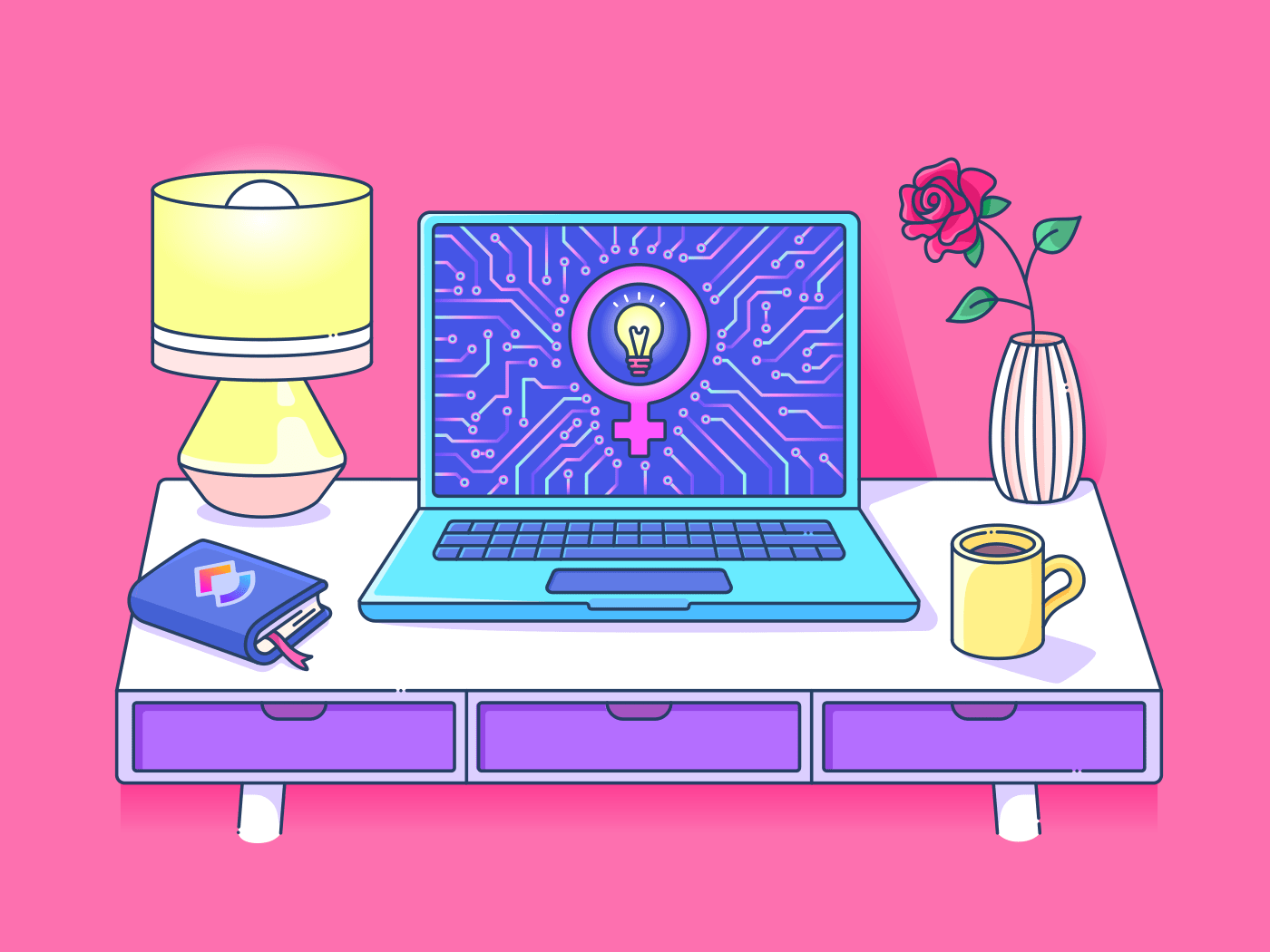
Sorry, there were no results found for “”
Sorry, there were no results found for “”
Sorry, there were no results found for “”
Throw a microchip into a random crowd and you’ll definitely hit someone who has heard of dudes like Thomas Edison, Bill Gates, Alexander Graham Bell, or Mark Zuckerberg.

Throw an entire desktop computer from 1994 into the crowd and it’d be a miracle if it hit anyone who’s heard of Grace Hopper, Marie Van Brittan Brown, or Radia Perlman—let alone tell you what they’ve contributed to the world.

“But, Mandy,” you may say, “You’re comparing those women to men who helped invent the electric lightbulb, Microsoft, the first telephone, and Facebook. Maybe these gals aren’t as famous because they just haven’t invented anything as game-changing.”
To that I say: You must truly not know how much sexism is has influenced world history—especially the world of technological innovation. 😇
But that’s a whole other blog. For this one, let’s focus on the brilliant female brains behind some of the most ubiquitous modern technologies and find out how exactly the bumpy road was paved for women in tech today!
Looking back at the history of women in tech we can see some pretty staggering peaks and valleys. Take a look at this timeline noting the progress made by innovating women since the 18th century:
🧮 1700s: French mathematician and astronomer Nicole-Reine Lepautre accurately predicted the return of Halley’s Comet by calculating the timing of a solar eclipse…by hand.
💡 1800s: Ada Lovelace becomes the first computer programmer.
📻 Early 1900s: Grete Hermann’s thesis The Question of Finitely Many Steps in Polynomial Ideal Theory was key in establishing algorithms that laid the foundation for modern computer algebra.
📺 Mid-1900s: 75% of WWII’s 10,000-strong codebreaking operation team were women. We also saw countless women innovate in the fields of STEM, computer programming, engineering, and mathematics.
We’ll get to how things took an… unexpected turn for most women in the tech world since the 1970s at the end of this article; but first, let’s showcase the genius queens who thrived in the age of female innovation and inspire us to this day.

I know what you’re thinking: Holy s#!%, she looks like a Hollywood glamour girl, not a tech maven!
Well, this talented woman happened to be both! Hedy Lamarr is better known for her work on the silver screen, but behind the scenes, she was an inventor motivated by patriotism.
As World War II began to reach a terrifying fever pitch, Hedy—an Austrian immigrant—spent nearly all of her free time figuring out how she could help US troops with something far more impactful than shimmying across the stage at a USO show.
A lifelong tech hobbyist, Hedy learned about the army using radio-controlled torpedoes that could easily be jammed or set off-course. She thought of creating a frequency-hopping signal that could not be jammed, effectively protecting the weapons from enemy tampering. She brought her plans to her friend, pianist George Antheil, and together they created and patented an early version of frequency-hopping spread spectrum communication, AKA wireless transmission technology.
Spread-spectrum techniques are incorporated into Bluetooth and GPS technology and are similar to methods used in legacy versions of Wi-Fi.

If you saw the 2016 movie Hidden Figures, you’ll know that Taraji P. Henson played our girl Katherine Johnson, the real-life human computer who became the most trusted mathematician—male or female—at NASA.
In 1953 Katherine began working at the NACA West Area Computing unit. Since the organization was racially segregated at the time, Katherine’s colleagues were all brilliant African American women like her who manually completed intensive mathematical calculations for the program’s engineers.
Katherine excelled above all at calculating flight trajectories by hand; basically, she used complex math to ensure astronauts made it to space safely and back. Her first big success was with America’s first human spaceflight in 1961. In 1962, when NACA had become NASA and computers had begun calculating trajectories, astronaut John Glenn requested that Johnson personally verify that the new electronic computer had planned his flight correctly. Katherine’s work was also vital in saving the near-disastrous Apollo 13 mission.
Simply put, without Katherine Johnson, space exploration as it exists today would very likely be far less advanced and far more perilous. The billionaires are forever in her debt.

First of all, let it be known that this woman wasn’t just a tech genius, she was a damn naval admiral to boot. Grace Murray Hopper did a metric ton of invaluable calculations for the war efforts in WWII, but her biggest professional feat is considered to be inventing electronic computer programming as we know it.
Picture this: you’re in some big Harvard workroom that is 10% floor space and 90% computer. You’d be looking at the legendary Mark I machine, which was a five-ton computer precursor that Grace wrote the first programming manual for.
Fun Fact #1: She coined the terms “bug” and “debugging” when she had to literally remove moths from Mark’s wiry innards.
Admiral Hopper was also the head programmer for UNIVAC, the first all-electronic digital computer. This led her to co-develop COBOL, a computer language (like Javascript or Python) that Bill Gates implemented with Microsoft in 1978.
Fun Fact #2: She coined the phrase, “It is easier to ask for forgiveness than to ask for permission.” We have no choice but to stan.
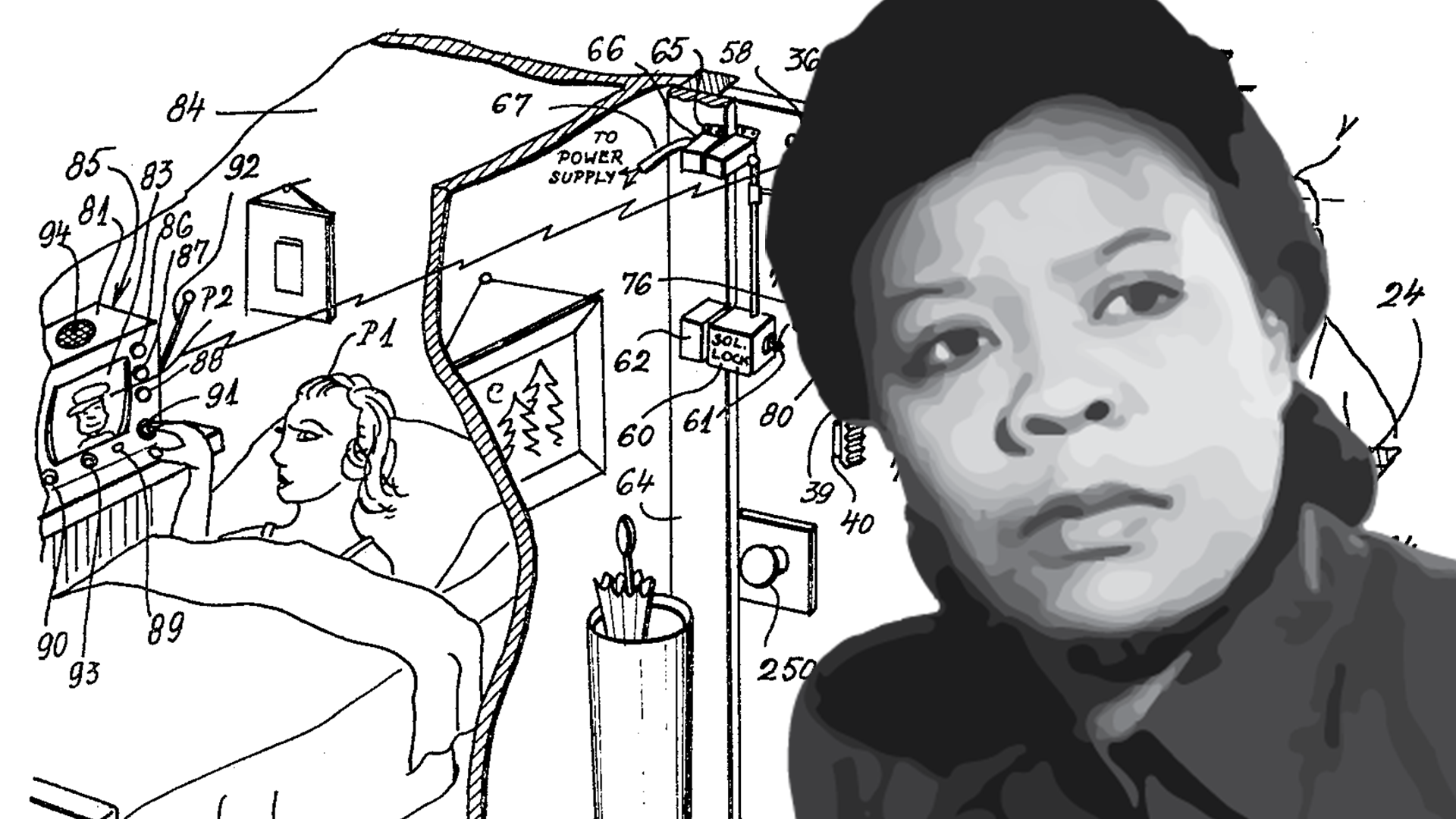
Stroll through any middle-class suburban neighborhood and almost every house will have a lawn marker out front warning local reprobates that this home is protected by a security system.
Rewind to Queens, New York in the 1960s. A housewife named Marie Van Brittan Brown has been waiting and waiting for the police to respond to her call—a frustratingly common occurrence for predominantly Black neighborhoods in her area. She figured there had to be a better way to feel more secure at home and contact authorities without having to put their potential bias into the equation. And thus, the first home security system was born.
Marie drew up the plans for a prototype of a video and audio system that contacted the police, or emergency responders with just the tap of the button, no calling required. With the help of her husband, Marie won the patent for the system in 1969.
Mrs. Van Brittan Brown’s invention was the first of its kind for consumers and became the sole foundation for video monitoring, remote-controlled door locks, push-button alarm triggers, instant messaging to security providers and police, as well as two-way voice communication.
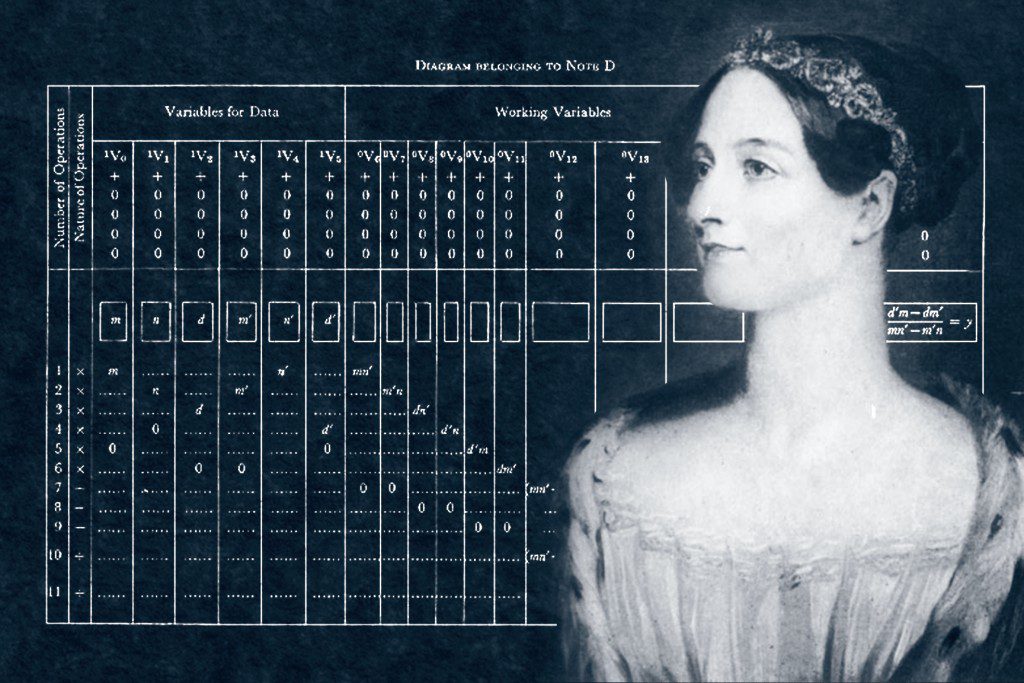
If you’re into poetry, you might have heard of Lord Byron. He’s kind of the bad boy of the British Romanticism scene, but even he couldn’t have imagined that his only “legitimate” child would end up leaving a legacy to rival his own.
We’re talking about Ada Lovelace, born in 1815. Ada grew up fascinated by mathematics, machines, and turning fanciful ideas into practical inventions. Her dad even called her the “Princess of Parallelograms.” There’s that ol’ Byron wit.
Jump to 1833 at a party. This inventor named Charles Babbage was showing off what we now know as the first general-purpose computer. He opined on how it excelled at calculations, but the partygoers were thoroughly confused as to how it actually worked. Except for Ada.
Long story short, Ada worked with Babbage to “translate” how the machine worked, comparing it to the Jacquard loom. Just as the silk-weaving machine could automatically create images using a chain of punched cards, Babbage’s engine weaved algebraic patterns. She also explained how it could perform certain calculations she wrote, making her what many consider the first computer programmer and inventor of the “algorithm.”
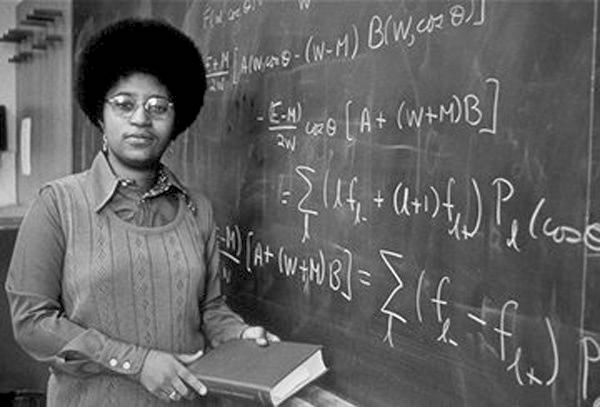
Shirley Ann Jackson was the first African American woman to receive a doctorate degree in the United States, but that’s only the beginning.
The year was 1973 and she had just earned her Ph.D. in nuclear physics. She described being interested in “the electronic, optical, magnetic, and transport properties of novel semiconductor systems.” Can’t relate, but I digress.
Later in her career, Jackson conducted a number of successful theoretical physics experiments that produced breakthrough scientific research on charge density waves. This research she helped develop directly led to the inventions of the fax machine, touch-tone phone, fiber optic cells, solar cells, and the technology behind caller ID and call waiting.
As an introvert who would simply never pick up the phone if there was no such thing as caller ID, I would be nothing without Shirley Ann Jackson.
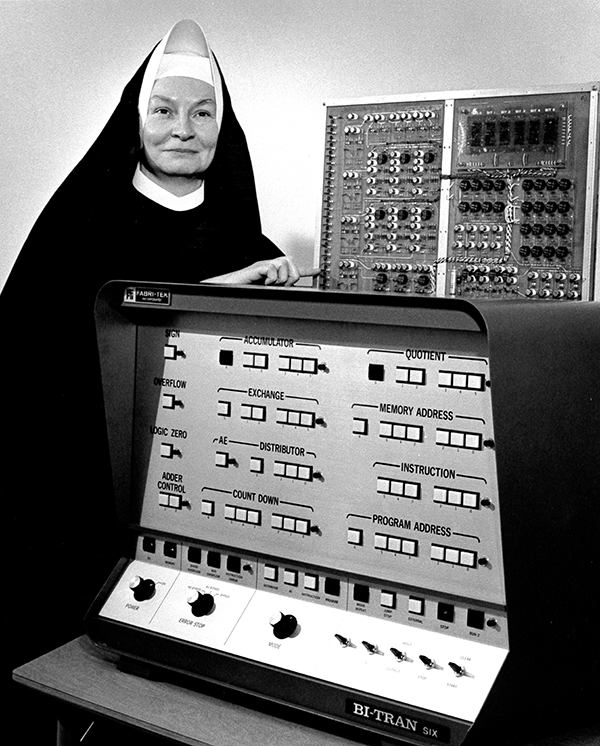
When you think of a computer programmer, you probably don’t picture a tiny Catholic nun. Sister Mary Kenneth Keller had indeed taken her vows to marry Jesus in 1940, but there was no stipulation that said she couldn’t go on to become the first woman to receive a PhD in Computer Sciences.
Sister Keller went on to work in Dartmouth’s then male-only computer science center to follow her love of technology. At the university, she helped create BASIC programming, a coding technique that emphasizes symbols, which is very useful for beginners.
While Microsoft had been using BASIC programming in their own personal computers since the ’70s, the company expanded upon Sister Mary’s innovation in 1991 by releasing Visual Basic, a software language that is used to this day.
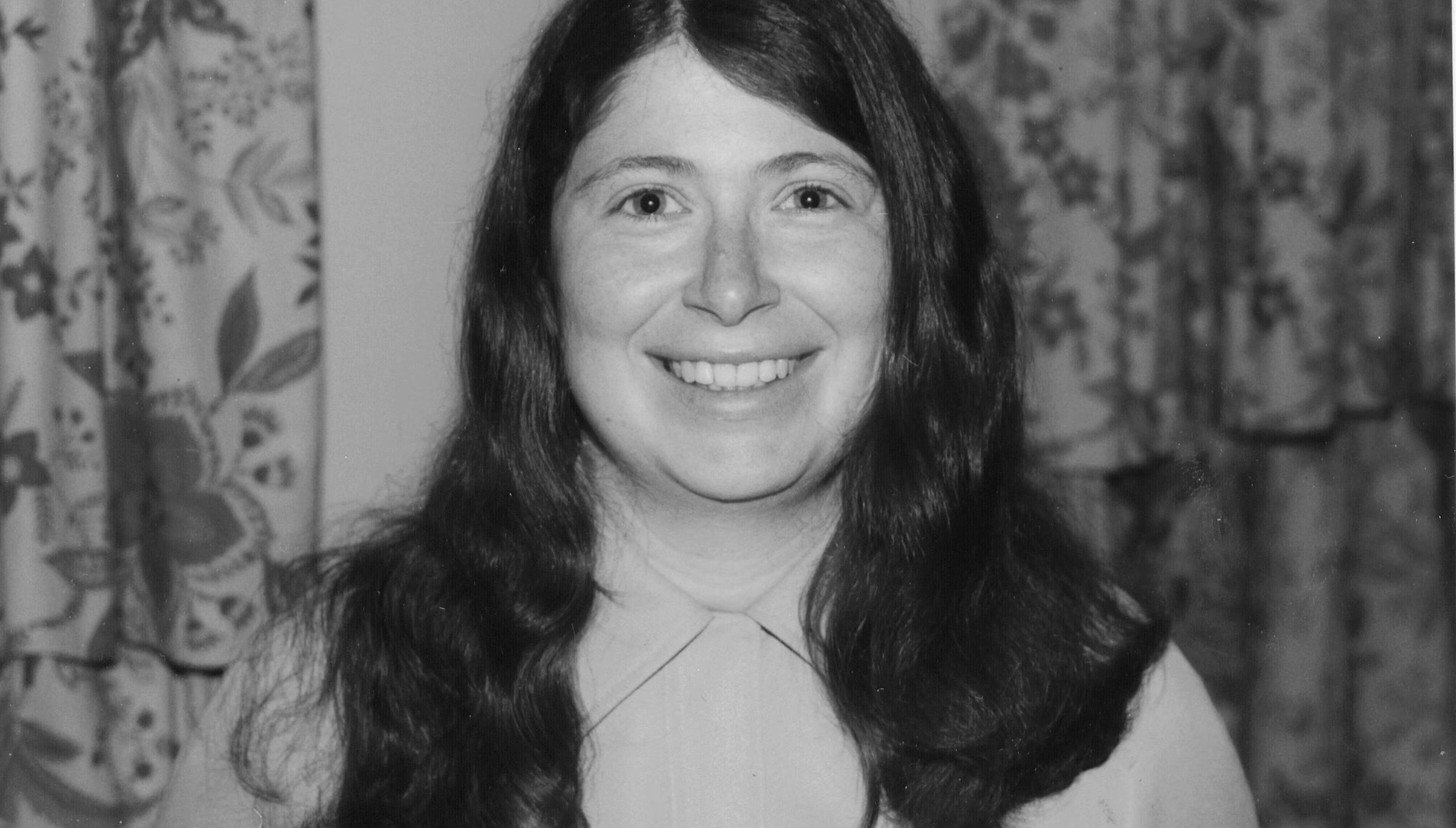
Yes, the freaking Internet.
Okay, it’s true that no one person invented the Internet. Think of it more like a decades-long group project that was built piece by piece—but like any group project, some people end up contributing a lot more than others.
Meet Radia Perlman, an American computer programmer and engineer who contributed something called a spanning tree protocol (STP) to the “group project.”
Reader, I don’t expect you to know what an STP is. After researching these brilliant women I’m not confident I even know what a tree is anymore. I’ll let Reddit user MenosDaBear explain it succinctly:
“You have more than one way to get to something on the network. Spanning tree picks the best way, and blocks the other ways so things don’t just go around in circles. Then when your best way breaks, it opens one of those other paths fundamental to the operation of network bridges, which is the foundation of the Internet.”
Radia’s work naturally has had a huge impact on how networks self-organize and move data. She’s also improved on the spanning tree-based Ethernet by designing TRILL (TRansparent Interconnection of Lots of Links), a system that allows Ethernet to make optimal use of bandwidth, aka better WiFi.

When women demand to be allowed to take up more space in the tech world, we don’t mean the space that is the gaping chasm between male and female representation, wages, or opportunities.
Towards the 1970s, the landscape began changing as both government and industry realized the full potential of putting all the power into computers. Women were phased out as men replaced them with better job titles, better pay, and better treatment.
It’s not that women stopped being brilliant technologists, it’s that the men in power started reverting back to old comfort zones. Amidst the shift in computers going from supplementary tools to becoming the backbones of entire corporations, most business leaders trusted (read: hired) people who looked, spoke, and acted like them. And thus began the “broken rung” issue that is the culprit for women today having a harder time getting their foot in the door than they do climbing up the ladder.
It’s no wonder the 1980s were the era of women sashaying into the office in giant shoulder pads, on high heels, with their hair teased to add a few extra inches to their height—taking up space is something we’ve turned into an art.
But I remain optimistic that the tech world tides will turn for women. Every day I log in to work I am humbled to see incredible women in every department, at every level of ClickUp. Intersectional inclusivity isn’t just a “nice-to-have” at companies that are truly dedicated to innovation: it’s a neverending commitment.
As ClickUp continues to grow as a platform, we’re always looking to hire people who embody the drive, vision, work ethic, and chutzpah of the women you just read about. Click here to browse current job openings and see if you (or someone you know) might be a great fit.
© 2026 ClickUp